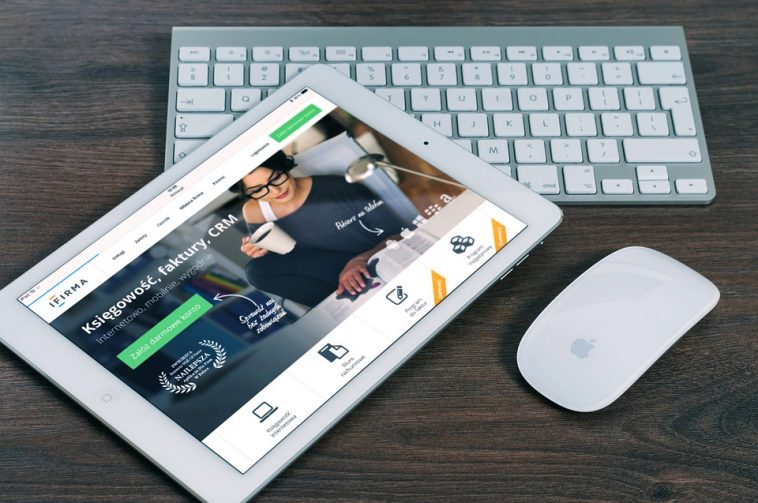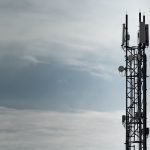The International Telecommunication Union report indicated that mobile and internet are now accessible to a significant number of people in the developing world. The report focuses most in the world’s poorest countries. Smartphone, internet and mobile devices have become basic in the modern digital world. The e-commerce, e-banking and many activities in cyberspace are now accessible to anybody.
The report shows that all the 47 of the world’s least developed countries (LDCs) are making progress in increasing internet access. The move to improve the internet access is working out to be successful. The report indicates that more than 60% of the total population can access the 3G network. 3G is a wireless or a third generation mobile telecommunication technology. By the end of 2017, almost 700 million people in LDCs had subscriptions to mobile phones.
A total of 80% of the population lives with a variety of mobile cellular network. The LCDs are on the verge of achieving the United Nations sustainable development goal on universal and affordable Internet access by 2020. The access to the internet and mobile phones have a positive influence on the people’s lives. It influences each sector. For instance, it gives farmers information on crops when to plant and current weather patterns. It also offers access to online education to various communities.
It can also level the playing ground of small, medium and large size enterprises. Moreover, various enterprises can compete on equal ground. Internet access can help LDCs improve on multiple sectors. The sectors include trade, health, education and government services. It can also improve business opportunities in those countries. However, the lack of digital skills acts as the stumbling block to the Information Communication Technology and Internet use in LDCs. There is a call to the responsible bodies to help in instilling digital skills to the people.



